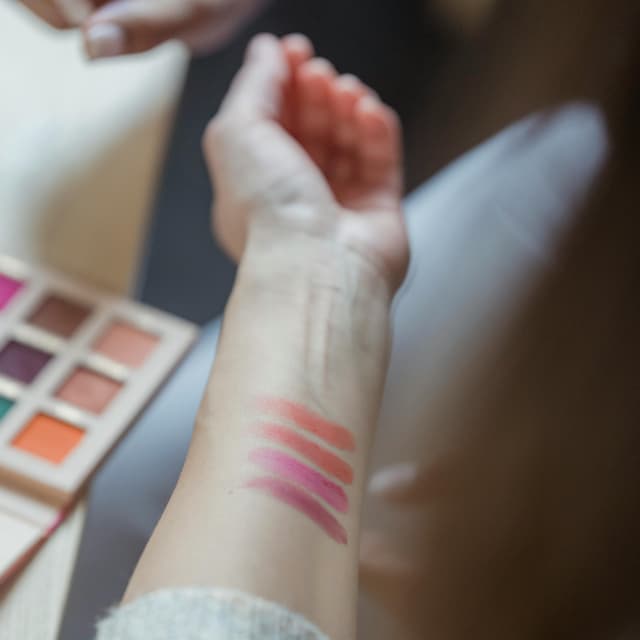
Skin tints are lightweight, breathable complexion enhancers—meant to look and feel like your skin, just a bit more polished. Below are several full Reddit quotes from real users explaining what they are and why they resonate:
“Skin tints tend to be lightweight, sheer and have a natural or sometimes radiant finish and a thin runny texture. Tinted moisturisers/Bb/cc creams usually have a little more coverage than skin tints … Both products usually have some skincare benefits and aren’t meant to have as much longevity as a traditional foundation.” —u/neferending (r/Makeup, 2023)
“I love makeup that feels like you’re not wearing anything on your skin and that’s what I love about skin tints… My go‑to is the Fenty Skin Tint, if I one day want a bit more coverage I’ll add some drops of the Dior Backstage Foundation and it still feels like nothing on my face even though I have good coverage.” —u/Xlunaxz (r/Makeup, 2024)
“I loooove skin tints and tinted moisturisers. I get blemishes fairly regularly but I’d rather have my skin looking like ‘my skin but better’ – aka very sheer coverage; just slightly more even – with concealer on specific blemishes, rather than wearing a thicker foundation.” —u/CamThrowaway3 (r/Makeup, 2024)
“The whole point of a skin tint is that it is sheer coverage, just meant to lightly even out the skin tone without providing much coverage. But it seems that ‘skin tint’ is basically used as a marketing term now … I have yet to find a true skin tint that I love, since very few true sheer coverage products exist …” —u/PlentyNectari (r/Sephora, 2024)
If you're aiming for a “no-makeup” look—where you want your natural skin enhanced, not masked—skin tints are a go-to. Reddit users consistently describe them as:
True skin tints may be rare amid marketing hype, but when you find one that resonates, they can be the perfect everyday complexion choice.
If you're interested, check out our reddit rankings for the best skin tints! Top choices include:
Cleanse, then apply a lightweight moisturizer. Let it absorb 1–2 minutes so the tint doesn’t catch on dry patches.
Use SPF 30+ as the last step of skincare. Allow 2–3 minutes to set to avoid pilling when you apply the tint.
If your skin tint is fluid, shake well. Dispense a pea-sized amount onto the back of your hand for controlled pickup.
Place small dots on the center of the face (cheeks, nose, chin, center forehead). This keeps coverage natural at the edges.
Using fingers or a damp sponge, blend from the center outward in thin layers. Aim for “skin but better,” not full coverage.
Add a second thin layer to redness or uneven areas. Keep layers sheer; avoid stacking across the whole face.
Use concealer on blemishes or under-eyes instead of adding more tint. Tap to blend so edges stay invisible.
Lightly powder the T-zone (sides of nose, forehead, chin). Leave cheeks and high points free for a natural, skin-like finish.
Mist once to meld layers and take down any powdery look. Blot excess shine with tissue if needed.